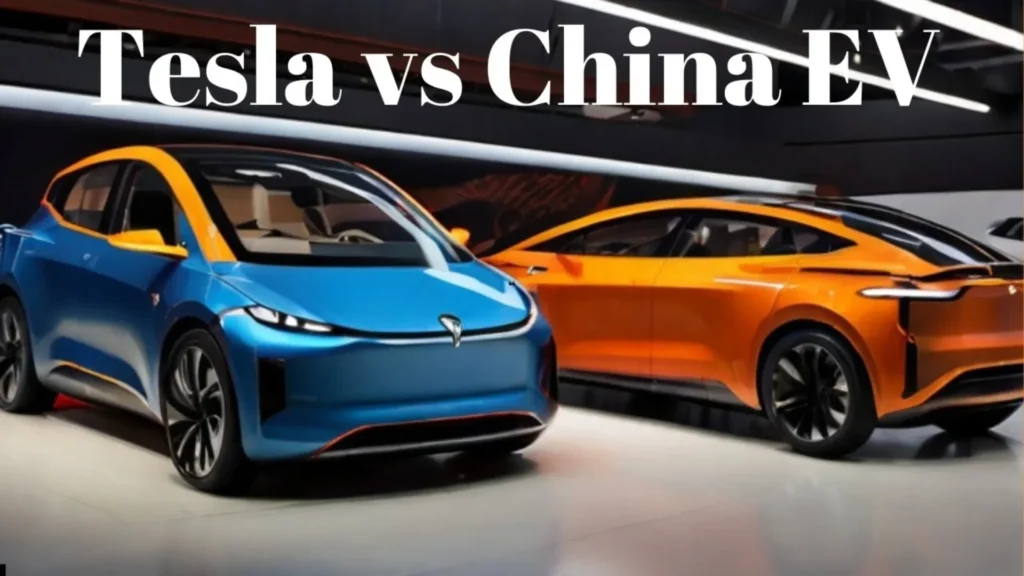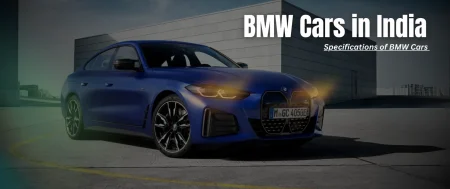Discover the competition between Tesla Vs China EV makers in the race for electric vehicle market leadership.
Table of Contents
Introduction
The electric vehicle (EV) market has become a fierce battleground, with two primary contenders vying for the top spot: Tesla and China’s thriving EV industry. While Tesla remains a dominant force globally, China has emerged as a powerful player, thanks to extensive government support, advanced technology, and competitive pricing from leading domestic brands like BYD and Nio. So, who leads in this high-stakes race for the future of mobility?

Overview of the EV Car Market
The Rise of Electric Vehicles (EVs)
Electric vehicles have gained traction over the last decade as consumers and governments push for cleaner, sustainable transportation solutions. EVs promise reduced carbon emissions, lower running costs, and decreased dependency on fossil fuels, making them highly appealing in a world grappling with climate change.
Global Demand for Sustainable Transportation
From Europe to the United States, and increasingly in Asia, demand for EVs is accelerating. Incentives like tax breaks, rebates, and zero-emission mandates have fueled this demand. Countries are working to boost EV infrastructure and make owning an EV more accessible, fostering rapid market expansion.
Tesla’s Position in the EV Market
Tesla’s Innovations and Market Strategies
Tesla, spearheaded by Elon Musk, has pioneered innovations that set it apart in the EV market.
Key Models and Technological Advancements
With popular models like the Model S, Model 3, Model X, and Model Y, Tesla offers vehicles that prioritize both performance and range. Tesla’s battery technology and autopilot systems, along with continual software updates, have cemented its reputation as an innovation leader.
Tesla’s Brand Influence and Customer Loyalty
Tesla’s brand resonates strongly with consumers, who admire its sleek design, high-performance features, and vision for the future. Its customer loyalty is remarkable, with a fan base that eagerly awaits new releases and embraces the brand’s commitment to a sustainable future.
Tesla’s Market Penetration Globally
Success in the US Market
Tesla’s stronghold is the US, where it commands a significant portion of the EV market share. Despite increasing competition, Tesla has maintained its market leader position in North America due to its early entry, robust product lineup, and network of superchargers.
Expansion in Europe and Other Regions
Tesla’s growth in Europe and Asia has been strategic, with localized production in places like Shanghai to cater to the Chinese market. By cutting down import costs, Tesla can price its vehicles more competitively overseas, widening its customer base.
China’s Influence and Growth in the EV Market
China’s Government Policies and Incentives
China’s government has shown strong support for EVs, establishing itself as a global leader in EV production and adoption.
Subsidies and Support for EV Production
To encourage EV adoption, the Chinese government offers significant subsidies and tax incentives for both manufacturers and consumers. This support has helped local EV brands become more competitive and has spurred innovation across the sector.
Infrastructure Development for EVs
China’s rapid development of EV infrastructure, from charging stations to battery recycling facilities, provides a solid foundation for sustained growth in the EV sector. With a goal to install millions of chargers, China is making EVs a viable choice for millions of consumers.
Leading Chinese EV Brands and Their Impact
BYD, Nio, and Other Key Players
Chinese brands such as BYD, Nio, Xpeng, and others are making waves with affordable, high-quality EVs that appeal to a broad market. These companies continue to expand, challenging Tesla’s dominance, particularly in the Chinese domestic market.
Innovations and Competitive Pricing
Chinese EV brands are noted for their advanced technology and affordability. While Tesla targets the premium segment, Chinese brands are competing aggressively on price and technology, making EVs accessible to a larger population.
Comparing Tesla Vs China: Market Leadership Factors
Technology and Innovation Comparison
Technology has been a driving factor for Tesla and Chinese EV manufacturers.
Battery Technology Advancements
Tesla’s battery technology, especially its new 4680 cells, offers better efficiency and range. Meanwhile, Chinese firms are catching up, with CATL and BYD advancing lithium-ion technology and exploring alternatives like lithium iron phosphate (LFP) batteries.
Autonomous Driving Capabilities
Tesla leads with its Autopilot and Full-Self Driving (FSD) systems, but Chinese firms are also investing heavily in AI and autonomous technology. Companies like Nio and Xpeng are incorporating self-driving features that cater specifically to the needs of the Chinese market.
Manufacturing and Production Capabilities
Tesla’s Gigafactories vs. China’s Production Facilities
Tesla’s Gigafactories in Nevada, Shanghai, Berlin, and beyond underscore its commitment to high-scale production. In contrast, China’s extensive network of domestic manufacturers allows for a vast production scale at competitive costs, positioning the country as a formidable competitor.
Market Share and Consumer Demand Analysis
Brand Perception and Consumer Preferences
Tesla is seen as a premium, innovative brand, while Chinese brands are recognized for their affordability and practicality. In Western markets, Tesla is often preferred, but in Asia, Chinese brands resonate more due to lower costs and local appeal.
The Future of the EV Market: Tesla and China’s Role
Sustainability and Environmental Goals
Both Tesla and Chinese manufacturers share a commitment to sustainability, but their approaches differ. Tesla champions cutting-edge technology and a long-term vision, while China’s EV industry is backed by governmental directives and a broad market appeal.
Predicted Trends in EV Adoption
As battery technology advances and charging infrastructure expands, the global EV market is poised for explosive growth. With Tesla leading in technology and China scaling affordability, the future of EVs may see a blend of premium innovation and accessible options for all.
Conclusion
In the face-off between Tesla and China in the EV market, both sides bring distinct strengths. Tesla is unmatched in brand prestige and cutting-edge technology, appealing to those who value premium quality and performance. Meanwhile, China dominates in affordability, accessibility, and production scale, catering to a larger, price-sensitive audience. Ultimately, the EV race might not have a single winner, as both Tesla and China have vital roles in driving the industry forward toward a greener future.
FAQs
How does Tesla compare to Chinese EV brands in terms of technology?
Tesla leads in autonomous driving and battery innovation, while Chinese brands offer competitive technology at lower costs.
Why are Chinese EV brands growing so quickly?
Government support, affordable pricing, and a robust infrastructure for EVs fuel rapid growth for Chinese EV brands.
Is Tesla still the most popular EV brand in the US?
Yes, Tesla remains the market leader in the US due to its strong brand and early market presence.
What are some leading Chinese EV brands?
BYD, Nio, and Xpeng are some prominent Chinese EV brands that are growing internationally.
Will Tesla and Chinese brands coexist in the global EV market?
Yes, both Tesla and Chinese EV manufacturers are likely to coexist, with each appealing to different market segments and regions.





